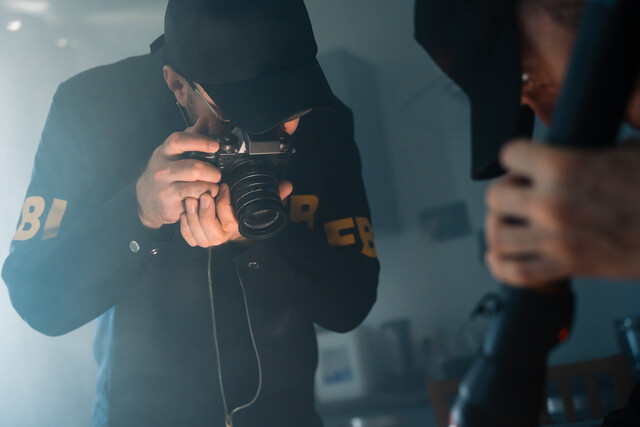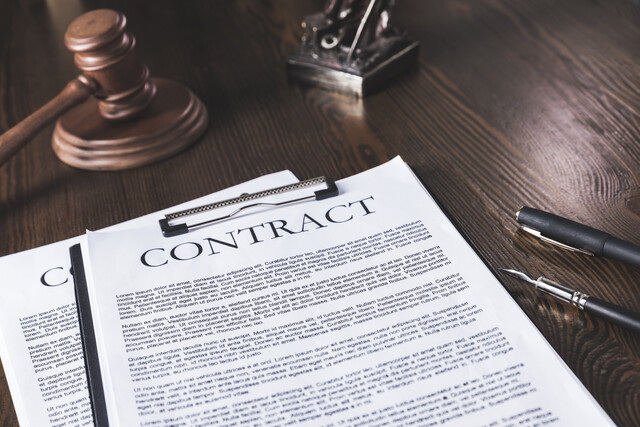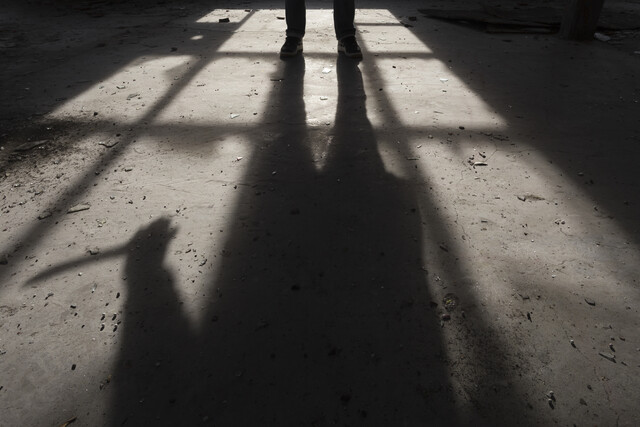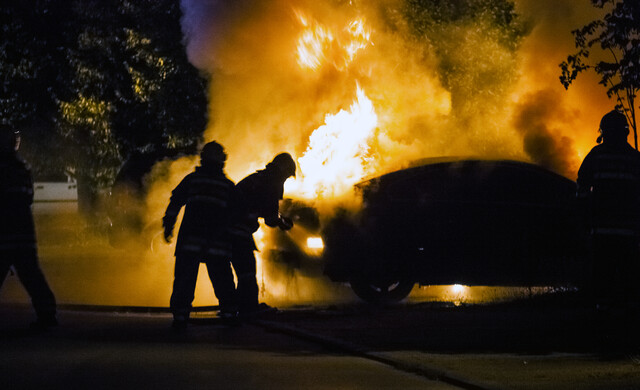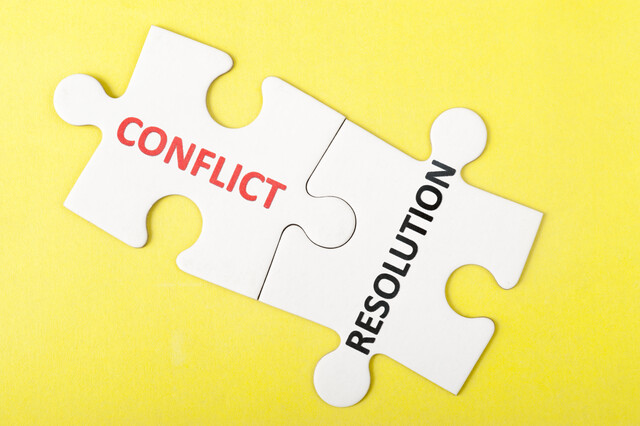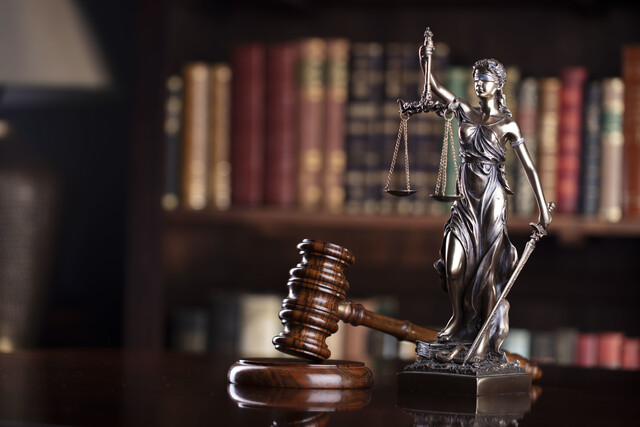Lesson 1. From Fingerprints to DNA
From using torture to extract confessions to employing DNA to exonerate the innocent, forensic investigation has undergone seismic shifts over millennia. However, no matter the scientific progress, the essence of crime-solving lies in the nuanced human understanding of evidence.
Lesson 2. Vital Elements of Crime Scene Examination
Crime scene investigation involves protecting and reconstructing the scene, requiring teamwork, documentation, preservation, common sense, and flexibility. Traces of evidence, whether visible or microscopic, are crucial for uncovering the truth, demanding that all responders work together competently and without bias.
Lesson 3. Navigating the Complexities of Crime Scene Protection
The sanctity of a crime scene is crucial, as preserving it prevents contamination and allows accurate evidence gathering. Unauthorized access, including by curious onlookers or non-essential personnel, must be strictly controlled to ensure a fair investigation.
Lesson 4. Safeguarding the Scene: Establishing Crime Scene Perimeters
Effective crime scene management begins with the immediate establishment of barriers to protect evidence from contamination. Utilizing layered perimeters, including public, inner, and core zones, investigators maintain control over the area, securing it from unauthorized access and preserving its integrity for future legal proceedings.
Lesson 5. Navigating Emotions at Crime Scenes: Best Practices for Investigators
Balancing compassion and procedural rigor, crime scene investigators handle witnesses' emotions tactfully, preventing contamination of evidence. Informed questioning strategies help them elicit critical information while maintaining a supportive atmosphere for grieving families.
Lesson 6. Seeing Beyond the Surface: Crime Scene Analysis and Interpretation
Crime scene investigators must maintain objectivity and avoid assumptions to prevent bias, using victimology to gather crucial information about victims to aid in crime analysis. Thorough evidence collection and careful assessment of crime scenes, especially when staging might have occurred, are essential to avoid misinterpretation and ensure justice.
Lesson 7. Understanding Evidence: Material vs. Physical
Footwear and the corresponding imprints found at crime scenes offer valuable evidence due to their distinctive sole patterns and the potential debris they collect. By analyzing soil and other materials lodged in shoe treads, investigators can deduce the movements of suspects during a crime's commission.
Lesson 8. Essential Skills for Crime Scene Investigators
A crime scene investigator's work extends beyond TV drama depictions, requiring the collection and documentation of evidence with a high level of professionalism and ethics. The role demands expertise in various fields, effective communication, adaptability to diverse situations, and compliance with procedures to ensure successful legal outcomes.
Lesson 9. Mastering Crime Scene Elements
To effectively process a crime scene, investigators must employ methodical procedures, such as taking photographs and sketches, to accurately document the scene before gathering evidence. Selecting between search methods like strip and wheel depends on the crime scene's size and complexity.
Lesson 10. The Art of Preserving Crime Scene Integrity
Meticulous crime scene documentation is vital to ensure evidence admissibility in court; it includes photographs, notes, sketches, and measurement recording. Poor documentation may result in inadmissible evidence, allowing guilty parties to evade justice.
Lesson 11. Mastering Crime Scene Evidence
The integrity of crime scene evidence hinges on meticulous adherence to collection and storage protocols, preventing contamination and ensuring legal admissibility. Maintaining detailed records and chain of custody fortifies the reliability and credibility of the evidence used in court.
Lesson 12. Beyond the Surface: Deep Dive into Crime Scene Investigation
Crime scene investigators balance intuition with a thorough examination of evidence, recognizing that initial appearances can be deceiving and often require a deeper exploration. Attentiveness to elements like victimology and evidence of struggle is paramount to differentiate between murder, suicide, and accident in any investigation.
Lesson 13. Evidence Handling Essentials
Proper evidence handling is crucial at crime scenes to ensure evidence remains admissible in court, with standards differing slightly by location but following similar key procedures. This includes collecting the most fragile evidence first and ensuring each piece is correctly packaged, labeled, and stored to prevent contamination and maintain its integrity.
Lesson 14. The Fundamentals of Bloodstain Pattern Analysis
Wound types, whether from bludgeoning or stabbing, reveal distinct patterns that inform crime scene assessments. Recognizing defense wounds or firearm entry and exit points assists in constructing crime narratives.
Lesson 15. Decoding Death: From Scene to Autopsy
Crime scene investigators, alongside medical examiners, piece together cause and manner of death using clues from the body and crime scene in tandem with decomposition knowledge. The coordinated efforts during autopsies ensure the collection and preservation of physical evidence and critical information about the circumstances surrounding a death.
Lesson 16. Unveiling the Mysteries: Techniques for Reconstructing Crime Scenes
Crime scene reconstruction utilizes scientific methods and evidence analysis to answer what and how events transpired during a crime. By combining data from victimology, physical evidence, and logical reasoning, investigators aim to formulate a hypothesis that stands up to rigorous testing and courtroom scrutiny.
Lesson 17. Tools of the Trade: Equipping the Crime Scene Investigator
A well-stocked crime scene kit balances standard tools like gloves and fingerprint gear with protective clothing to navigate contaminated environments safely. Adhering to careful protocols allows investigators to effectively gather and preserve evidence while minimizing exposure to biological and chemical hazards.
Lesson 18. Truth vs. Assumptions in Forensic Investigation
Crime scene investigation is a meticulous craft requiring a blend of emotional fortitude and technical skill under pressure, with evidence handling at its core. Investigators must remain unaffected by personal biases or emotional challenges to ensure the integrity of their work and successfully support justice delivery.
Lesson 19: The Ultimate Test: A Journey's End

17 Hours average completion time
1.7 CEUs
19 Lessons
37 Exams & Assignments
26 Reference Files
Mobile Friendly
Last Updated December 2025




